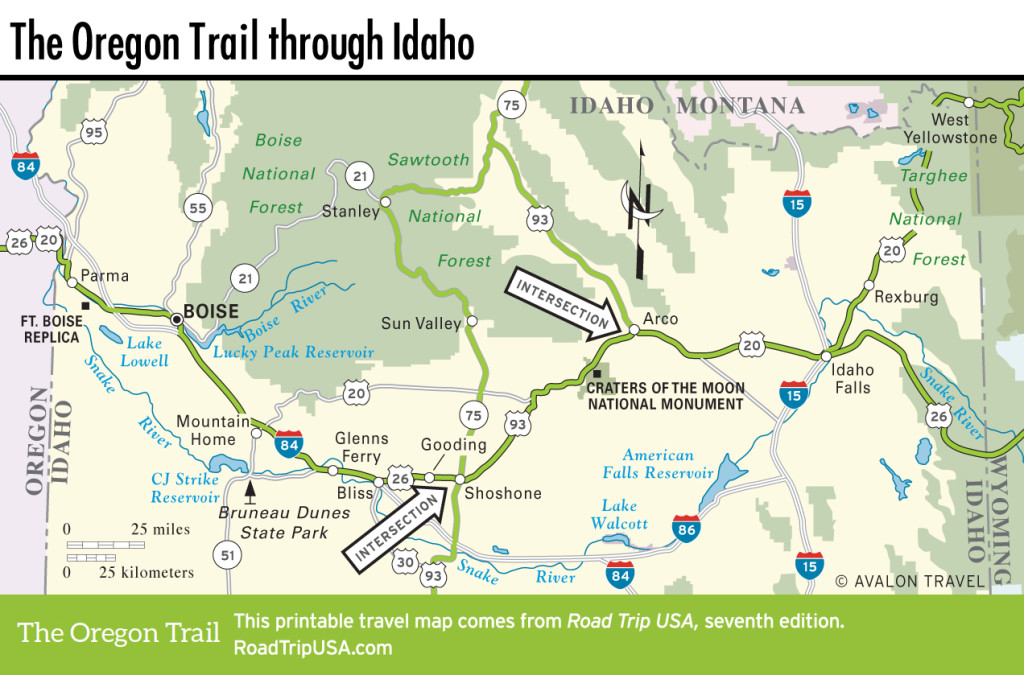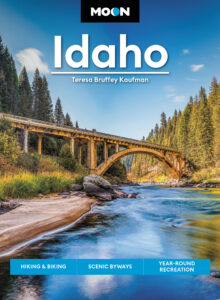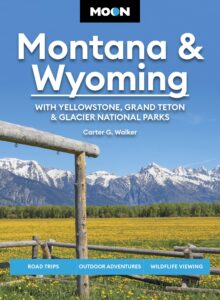Arco
“The first city in the free world to be powered by nuclear-generated electricity,” Arco (pop. 882) sits on the banks of the Big Lost River, so-called because it disappears a few miles downstream, vanishing into the volcanic labyrinth of the Snake River plain. Arco itself, a crossroads town straddling the junction of US-20, US-26, and US-93, is a handy stop for gas, supplies or a meal. Try Pickle’s Place (440 S. Front St., 208/527-9944), hard to miss thanks to the huge green “Eat!” sign. All over town, markers and historic plaques point out Arco’s connections with the early days of nuclear power, including, most unexpectedly, the conning tower from a decommissioned nuclear-powered Cold War-era submarine, the USS Hawkbill, which is permanently moored along Front Street, a mere 1,000 mi (1,610 km) from the nearest ocean.
If you have more than a passing interest in nuclear fission, you’ll want to check out the anonymous-looking redbrick structure 20 mi (32 km) southeast of Arco on the south side of US-20, which holds the inoperative remains of Experimental Breeder Reactor Number One (208/526-0050, daily summer only, free). Sitting at the edge of the massive Idaho National Laboratory (INL), the deactivated reactor is open for self-guided tours, on which you can get an up-close glimpse of the turbines and control room, even the fuel rods that first produced nuclear power on December 20, 1951. (To put all this in context, the first reaction produced enough energy to power four small light bulbs.) By 1953 the reactor here was finally able to produce more energy through nuclear reactions than it consumed, a much more important achievement. Some 60 years later, INL is now one of the nation’s de facto repositories for nuclear waste and will remain so for the foreseeable future—with a half-life of more than 1,000 years, it will take the next 3 million years or so, by most estimates, until the waste loses its radioactive potency and decays to “safe” levels.

















